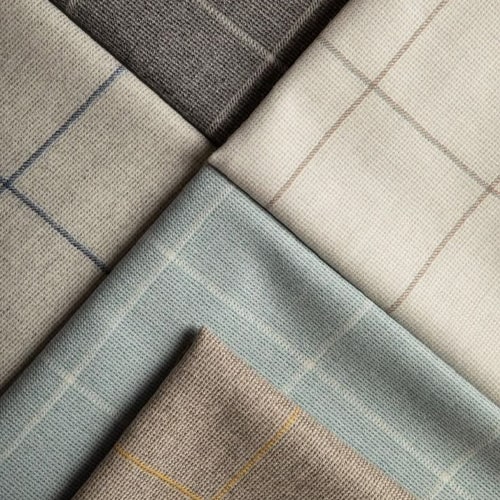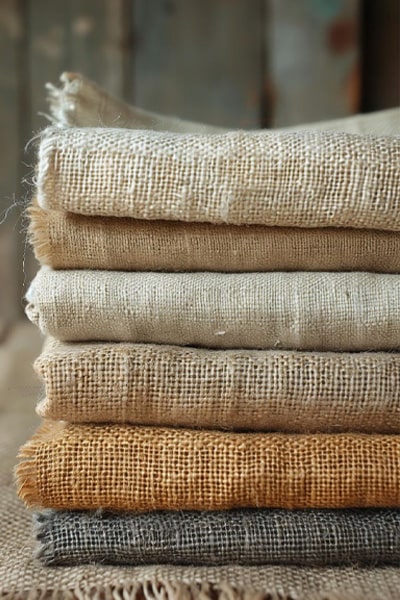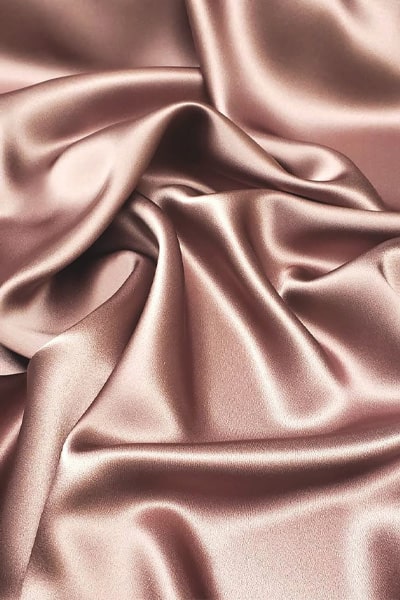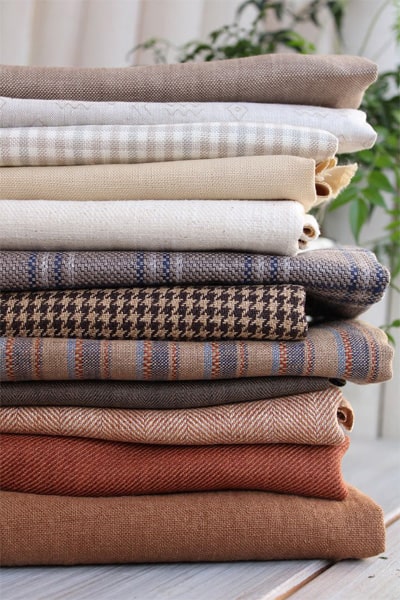Importing and clearing fabrics; tariffs, steps, and important points
Did you know that the customs duties on fabric imports are about 30 percent lower than on clothing imports? For this reason, many garment industry activists prefer to import fabrics and produce clothing domestically. In this article, we will learn about the customs tariffs for different types of fabrics, exporting countries, clearance procedures, clearance requirements, and other important details.
Customs tariff for importing various types of fabrics
The customs priority for fabric imports is in tier 7. In the table below, you can see the customs tariff codes of some types of fabrics:
| Fabric type | Customs tariff code |
|---|---|
| Plain weave fabric | 52102100 |
| Three-thread or four-thread twill fabric, twill weave | 52103200 |
| Bleached fabric (Bleached) | 52112000 |
| Denim fabric | 52114200 |
| Fabrics dyed with various yarns | 52121400 |
| Linen fabrics, raw or soaked | 53011000 |
Why is fabric import important?
Given that domestic production does not meet consumer demand and the expected quality, fabric imports are one of the country’s basic needs. More than 50 percent of the fabric consumed in Iran (including upholstery fabrics) is supplied through imports. Also, about 95 percent of the raw materials for clothing production are fabrics.
Factors affecting fabric imports in Iran:
- High consumption of fabric, especially black fabric
- Wear and tear of domestic textile machinery
- Inability of domestic production to meet market needs
- Reasonable price and quality of imported fabric
Countries exporting fabrics to Iran
| Country | Import feature |
|---|---|
| China | The largest volume of imports |
| Türkiye | The highest quality fabrics |
| Pakistan | Types of cheap fabrics |
| Emirates | Intermediate trade route |
| Italy | Luxurious and special fabrics |
Types of fabrics in terms of raw materials
| Fabric type | Explanation |
|---|---|
| Natural | Made of cotton, linen, wool, silk, leather, suede, fur |
| Artificial | Made from chemical or mineral materials (such as polyester, nylon, satin, synthetic leather) |
| Combined (composite) | A blend of natural and synthetic fibers such as viscose-polyester, terrycloth, velvet |
Natural fabric
Synthetic fabric
Blended fabric
Steps for importing and clearing fabrics from customs
- Having a valid business card
- Sending fabric samples to the customs laboratory
- Identifying the type of fabric and determining the tariff code
- Obtaining an import license and placing an order
- Choosing a specialized customs office authorized for fabric clearance
- Registering an import declaration in the customs system
- Payment of customs duties, value added tax and other fees
- Evaluation, approval and receipt of clearance permit
Authorized customs offices for fabric clearance
According to the Islamic Republic of Iran Customs Circular (November 1, 1402), fabric clearance is only permitted at the following customs offices:
- Martyr Rajai Bandar Abbas
- Abadan
- Bushehr
- Khooy
- Jolfa
- Chabahar
- Zahedan
- Kish
- Tehran
- West Tehran
If the shipment enters unauthorized customs, it must be transferred to the nearest specialized customs office.
Fabric import declaration
The declaration is the most important document in the import process and must be filled out with complete accuracy and honesty. Any discrepancies in the information can result in fines ranging from 10 to 100 percent of the value of the goods.
Main declaration forms:
Form 111: General information about the importer and the goods
Form 121: Details of types of imported fabrics
Customs duties and fabric import tariffs
The amount of customs duties and tariffs depends on the type and quality of the fabric. The following table provides the tariff ranges:
| Fabric type | Customs duty percentage |
|---|---|
| Regular fabrics | 32 to 40 percent |
| Special technical and industrial fabrics | About 5 percent |
| Crochet fabrics imported from Pakistan/Tunisia | Preferential tariff |
Note: Tariffs change annually. Be sure to read the new circulars before importing.
The final stage of fabric clearance
- Final registration of the declaration in the customs system
- Referring the case to the technical department to review the purchase documents and the identity of the importer
- Checking the correspondence of documents with the shipment and determining the registration number (collage)
- Final evaluation and issuance of clearance permits




